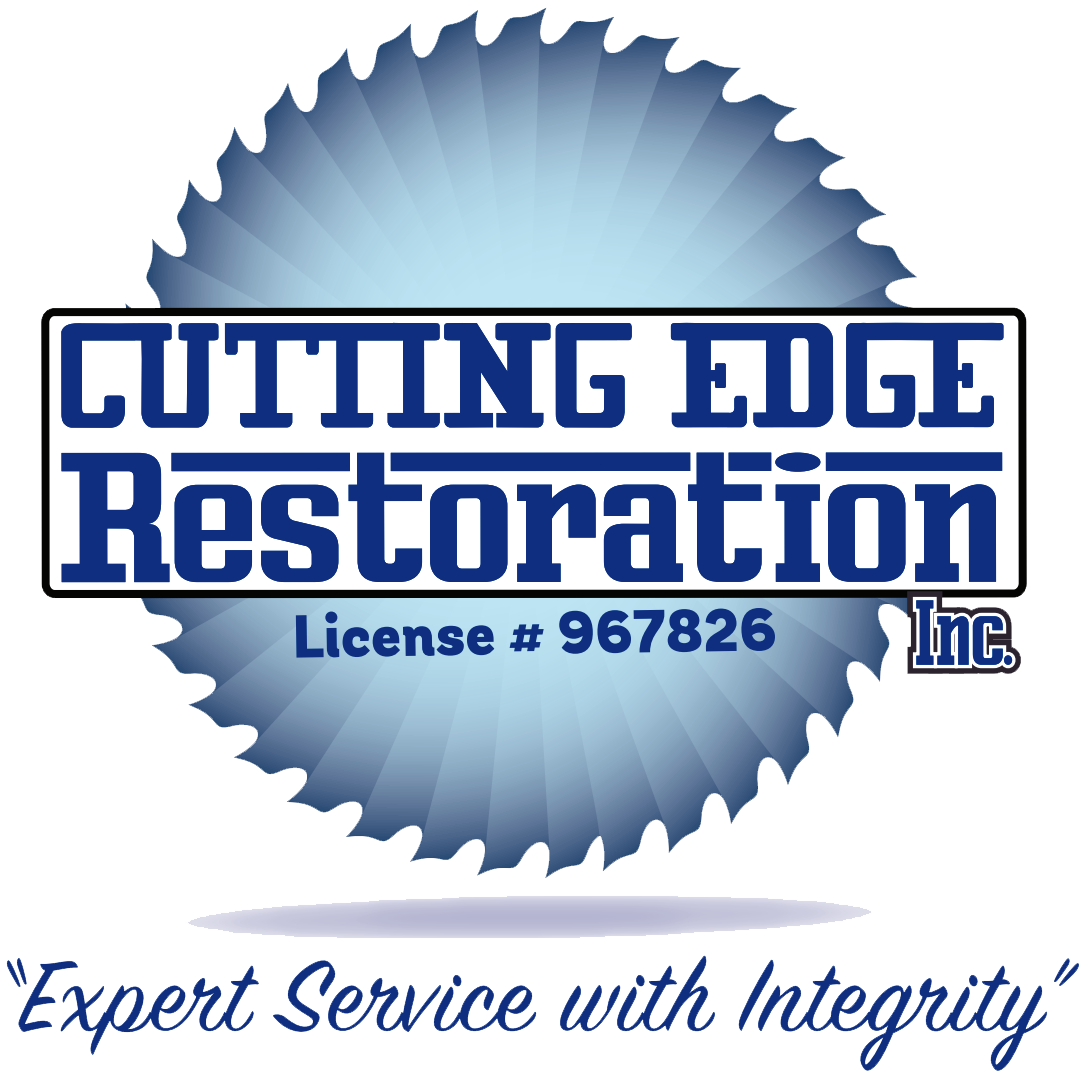After a house fire, the most pressing questions aren’t always about the structure itself. Many homeowners are equally concerned with things that make their house feel like home—family heirlooms, electronics, clothing, photographs, and cherished furniture. While structural restoration is vital, salvaging belongings after fire damage is often just as emotionally significant.
So, can fire-damaged belongings be saved? The answer depends on several factors, including the type of item, the severity of the fire, the kind of smoke involved, and how quickly restoration begins. If professional fire restoration is handled promptly, there’s a good chance some of your valuables can be recovered, cleaned, and restored to usable condition.
Understanding the Impact of Smoke and Soot
The destructive force of fire doesn’t end with flames. Smoke and soot can spread far beyond the burn area, coating surfaces and seeping into porous materials. Smoke contains acidic compounds that degrade metals, discolor fabrics, and embed odors deep into materials like upholstery or drywall.
According to Scientific American, smoke from a house fire contains thousands of compounds, including carbon monoxide, formaldehyde, and benzene. The longer these residues sit, the more damage they cause, and unfortunately, some effects—like acidic corrosion—can continue even after the fire is extinguished.
What Items Are Most Likely to Be Salvaged?
Not all belongings react to fire and smoke the same way. Some items are more likely to survive and be restorable with proper cleaning:
- Metal objects like cookware, jewelry, and tools can usually be cleaned and polished unless they’ve warped or melted.
- Glass items, while fragile, often escape fire damage unless directly exposed to high heat. A layer of soot can typically be wiped away with the right treatment.
- Hardwood furniture, especially pieces with finished surfaces, can sometimes be refinished if not structurally compromised.
- Photographs and documents can be restored with specialized freeze-drying and deacidification techniques.
For a deeper dive into the science of preserving items after a fire, this article from the National Archives offers insight into how delicate items can be handled by professionals.
What Items May Be Beyond Repair After Fire Damage?
Unfortunately, some materials absorb smoke, soot, and water too deeply to be safely or effectively restored. These include:
- Mattresses and pillows, which become health hazards after exposure to smoke and moisture
- Electronics, which are often compromised by soot, corrosion, and heat exposure
- Non-washable fabrics, like certain draperies or delicate clothing, depending on the extent of the damage
Trying to clean these items without proper equipment may do more harm than good. In fact, DIY cleaning attempts may set the stains permanently or spread contamination further.
Why Timing Is Critical
Acting quickly is one of the most important factors in saving belongings. The sooner a restoration team arrives, the better the odds of salvaging your valuables. Within hours, acidic soot can cause irreversible damage. Over the next few days, surfaces may yellow, metals can corrode, and mold growth may begin due to moisture from firefighting efforts.
Professional fire restoration technicians use techniques like:
- Ozone treatment to remove persistent odors
- Dry cleaning sponges for surface soot removal
- Ultrasonic cleaning for delicate items
- HEPA vacuuming for particulate removal
- Freeze-drying for books and paper documents
These specialized tools and methods make a significant difference in restoring rather than replacing your possessions.
Insurance and Documentation
While restoration services are crucial, insurance coverage plays a significant role in the recovery process. Be sure to document everything—take photos of damaged items, keep receipts for high-value belongings, and work closely with your adjuster. Many fire restoration companies can assist with inventorying and estimating repair versus replacement costs.
Your restoration team may even offer pack-out services—transporting salvageable items to a separate facility for cleaning and storage while structural repairs are made.
Cutting Edge Restoration – Fire Damage Recovery in Southern California
Salvaging fire-damaged belongings requires more than hope—it demands technical expertise, the right tools, and immediate action. At Cutting Edge Restoration, our fire damage professionals understand how to restore more than just buildings—we help restore lives. If you’ve experienced a fire in Southern California, we’re here to help assess your losses, save what can be saved, and rebuild what matters most.
